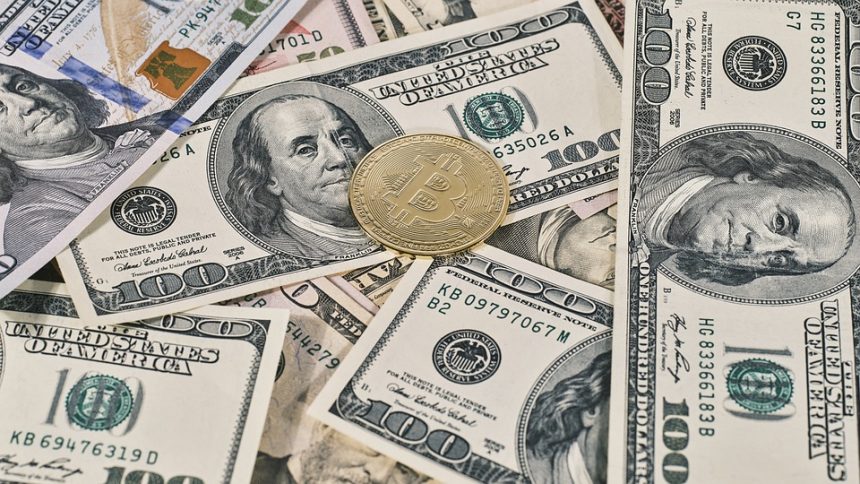As 2023 unfolds, Decentralized Finance (DeFi) continues to shape the future of the financial landscape, merging cutting-edge technology with an ethos of transparency, autonomy, and financial inclusivity. The DeFi space has been marked by substantial breakthroughs this year, yet it hasn’t been without its challenges. Below, we explore the transformative advancements made in DeFi during 2023 and delve into the hurdles that the ecosystem faces.
Breakthroughs in DeFi: A Year of Innovation
1. Interoperability Solutions
One of the defining breakthroughs in DeFi this year is the focus on interoperability across various blockchain networks. Previously, many DeFi applications were confined to individual ecosystems, resulting in silos that limited user experience and liquidity. Initiatives like cross-chain bridges and layer-2 solutions have rapidly gained traction, allowing users to seamlessly interact with multiple DeFi platforms. Projects such as Polkadot and Cosmos have led the charge, setting standards for cross-chain compatibility and making it easier for users to migrate assets and utilize services across different blockchains.
2. Advanced Liquidity Protocols
The evolution of liquidity protocols has also been a significant milestone in 2023. Automated Market Makers (AMMs) have advanced to incorporate dynamic pricing models and liquidity provision incentives that encourage more participation and reduce impermanent loss. Protocols like Uniswap V3 and SushiSwap have introduced concentrated liquidity pools, enabling liquidity providers to allocate their capital more strategically. These improvements have bolstered liquidity across DeFi platforms, creating more robust trading environments and improving user experiences.
3. Enhanced Security Measures
Security remains a primary concern for DeFi participants. In 2023, developers have made substantial advancements in security measures to mitigate risks. The adoption of formal verification methods, continuous auditing practices, and insurance products has become more widespread, offering users greater assurance when engaging with DeFi protocols. Projects such as OpenZeppelin have taken the lead in providing security audits, ensuring smart contracts are resistant to vulnerabilities, and fortifying user confidence in the ecosystem.
4. Expansion of DeFi Derivatives
The DeFi derivatives market has seen explosive growth in 2023, allowing users to engage in complex trading strategies without relying on traditional financial institutions. With the launch of decentralized exchanges (DEXs) focused on derivatives, users can now trade options, futures, and other financial instruments directly on-chain. This expansion not only diversifies financial offerings in DeFi but also makes sophisticated trading strategies accessible to a broader audience, fostering inclusive participation.
Challenges Facing DeFi in 2023
1. Regulatory Scrutiny
As DeFi gains prominence, its decentralized nature poses a challenge for regulators worldwide. In 2023, increased scrutiny and evolving regulations have created uncertainty in the DeFi space. Governments are beginning to recognize the need for a structured approach to regulate cryptocurrencies and DeFi platforms to protect consumers and prevent illicit activities. The lack of a unified regulatory framework raises questions about compliance and the future of various DeFi projects.
2. User Education and Adoption
Despite its advancements, DeFi is still relatively nascent. Many potential users are deterred by the complex interfaces and decentralized protocols that require a certain level of technical knowledge. User education is imperative to successfully onboard more participants into the DeFi ecosystem. Initiatives aimed at simplifying user experiences and improving educational resources are crucial for driving broader adoption and ensuring that the benefits of DeFi are accessible to everyone.
3. Market Volatility and Risk Management
DeFi is particularly susceptible to market volatility and price fluctuations. While innovation in derivatives seeks to mitigate risks, the unpredictable nature of cryptocurrencies still poses significant challenges for users. Financial instruments that require a strong understanding of market dynamics can also lead to losses for inexperienced traders. Continued development of risk management solutions and user-friendly tools is necessary to help navigate this volatile landscape.
4. Environmental Concerns
With the environmental impact of blockchain technology under scrutiny, particularly DeFi projects operating on proof-of-work networks, the industry faces pressure to adopt more sustainable practices. Transitioning to energy-efficient consensus mechanisms, such as proof-of-stake, has become a focal point for many projects in 2023. Balancing innovation with sustainability remains crucial, as the community seeks to promote responsible growth in the DeFi ecosystem.
Conclusion
As we progress through 2023, the DeFi ecosystem continues to thrive, driven by innovation and a commitment to reshaping finance. Breakthroughs in interoperability, liquidity protocols, security measures, and derivatives provide a glimpse into the possibilities of decentralized finance. Nonetheless, the challenges of regulation, user education, market volatility, and environmental impact must be addressed to ensure sustainable and inclusive growth. The future of DeFi rests on the ability of the community to harness its transformative potential while navigating the complexities of the financial world. As developers, users, and regulators work together, DeFi may well fulfill its promise of a democratized financial system in the years to come.


